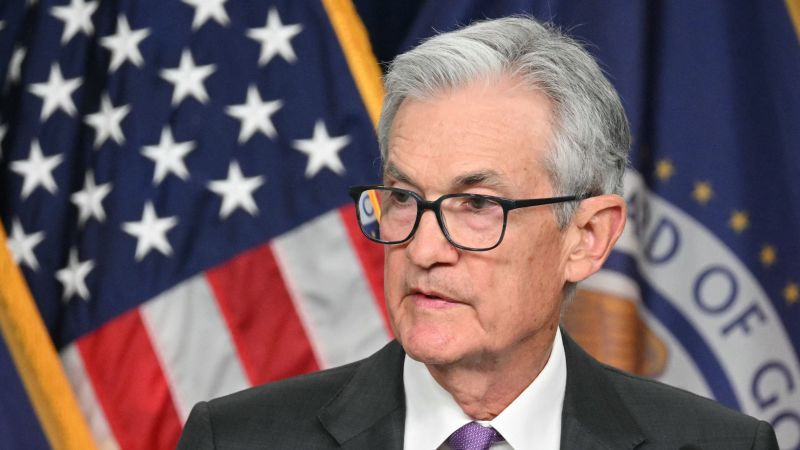
The US economy experienced a significant slowdown in the first quarter of 2024, with an annualized growth rate of 1.6%, according to recent Gross Domestic Product (GDP) reports from various sources including CNN, AP, and The New York Times. This deceleration comes as inflation continues to rise and move further away from the Federal Reserve's 2% target. Inflation rates have been increasing since the end of 2023, with the Consumer Price Index showing an annualized rate of 3.4% in Q1 compared to 1.8% in Q4 of 2023.
Despite this economic slowdown and rising inflation, consumer spending remained strong according to some reports. However, businesses have been reducing their inventories and importing less due to the uncertain economic climate (AP). These factors contributed to the overall decrease in GDP growth.
The Federal Reserve's efforts to combat inflation have stalled as a result of these economic conditions. The Fed had initially anticipated six rate cuts this year, but now only anticipates one based on current data (CNN and CME FedWatch). This shift in expectations has led to concerns about stagflation - a condition characterized by slow economic growth and persistent inflation (CNN).
Jamie Dimon, CEO of JPMorgan Chase, has also expressed his concerns about the potential for stagflation in light of these economic conditions (CNN). The last major period of stagflation occurred during the 1970s.
The slowing economy and stubborn inflation rates have negatively impacted US stocks, with all major indices experiencing declines following the release of the GDP reports. Tech stocks, in particular, were hit hard as investors worried about their growth prospects in a slowing economy (CNN).


